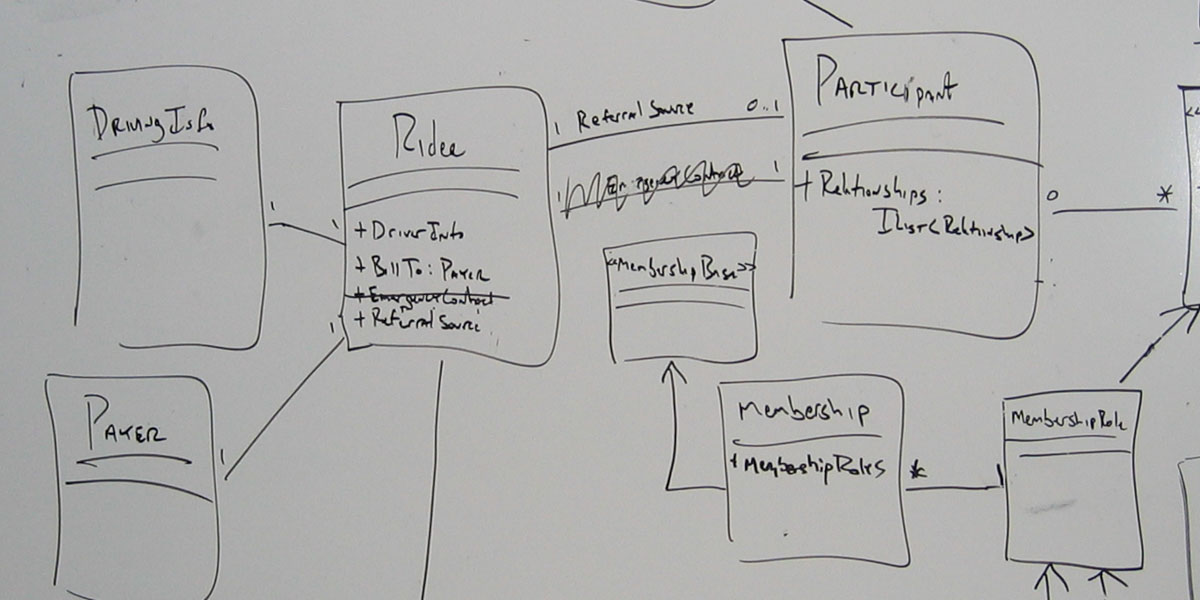-
SqlCmd Error: Login timeout expired. Error code 0x2AF9

I ran into a really weird problem on one of my machines while trying to connect to SQL Server using SqlCmd. SqlCmd commands have been running just fine on all my machine for month if not years and suddenly on just one machine, SqlCmd commands started failing with the following error: Just in case you’re…
-
Shovel: Database Utilities for SQL Server

I’d like to introduce some utilities that I wrote to help SQL Server developers that I’m calling “Shovel”. You can install it by going to the Microsoft Store or by downloading a ZIP. In version 1, there are two collections of features: Database Schema Search and Data Export. I’ve created a couple of videos to…
-
Manage lookup data using SQL Server Data Tools (SSDT)

So let’s say that you’ve managed to get your SQL Server database schemas — your tables, stored procedures, views, functions, etc — under source control using SQL Server Data Tools (SSDT) in Visual Studio. Great. That’s gotten you really far along towards having nice automated deployments and good DevOps practices for your application (because you…
-
VSLive Orlando 2015: Real World SQL Server Data Tools (SSDT)

As promised, here are the slides and code samples from the Real World SQL Server Data Tools (SSDT) talk that I did this week at VSLive Orlando 2015. Here’s the abstract: SQL Server Data Tools (SSDT) help you manage your database schemas and let you do it under source control. Great. Got it. But every…
-
VSLive SF 2015: TFS Automated Build, Test, & Deploy

As promised, here are the slides and code samples from my Automated Build, Test & Deploy with TFS, ASP.NET, and SQL Server talk that I did today at VSLive San Francisco 2015. Here’s the abstract: Automatically building your ASP.NET code is easy. Create a TFS build and go. But what about the database code? How…
-
Deploy a SQL Server Database project’s *.dacpac with SqlPackage.exe
Are you a big user of the SQL Server database projects? You know…what used to be known as ”data dude”? Did you get way into doing command line deployments of your databases using vsdbcmd.exe? Well, if you are one of those developers and you’ve upgraded to the latest version of the SQL Server Database Projects,…
-
Top 4 Reasons Why a Shared Development Database is Evil.
It’s pretty common. A development team will frequently have one instance of SQL Server — filled with data from production — that all the devs use to develop and test the next version of the application. It’s one of those things in software development that feels like “common sense”. Of *course* you’re going to have…
-
Quoted in InfoWorld about Azure Storage
I got quoted in InfoWorld last week about Windows Azure Storage and how it relates to typical relational database development. Here’s the link to the article: “Developing cloud apps: What’s different” by Paul Krill Also, if you haven’t seen it already, shortly after article came out, the SQL Server Data Services (SSDS) team announced a…
-
BDC, Inc. Public Training Schedule for March & April 2009
After a numerous requests from potential students, I’ve finally gotten around to scheduling some open-enrollment classes here in the Boston-area. I’m going to be teaching my Visual Studio Team System (VSTS) / Team Foundation Server (TFS) class, Test-Driven Development, and NHibernate classes in Cambridge, MA throughout March and April 2009. Here’s the schedule: 3/23/09 –…
-
Oracle for SQL Server Developers, Vol. 4: Identity Columns & Sequences
Picking up where I left off in my previous “Oracle for SQL Server Developers” posts (one, two, three)… In SQL Server, we commonly have a primary key column that is a integer and this number gets incremented, created, and inserted automatically by the database. This is a SQL Server identity column and it makes our…